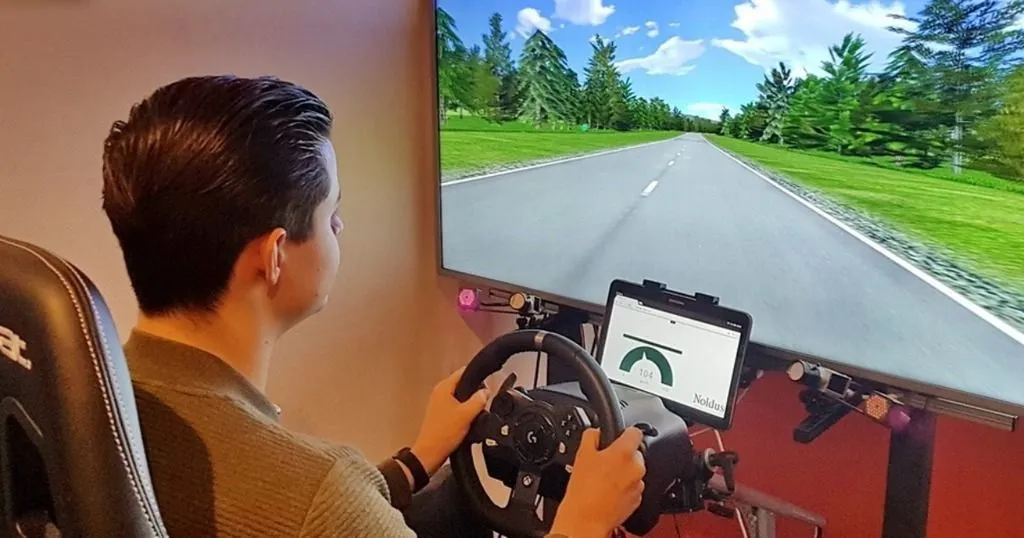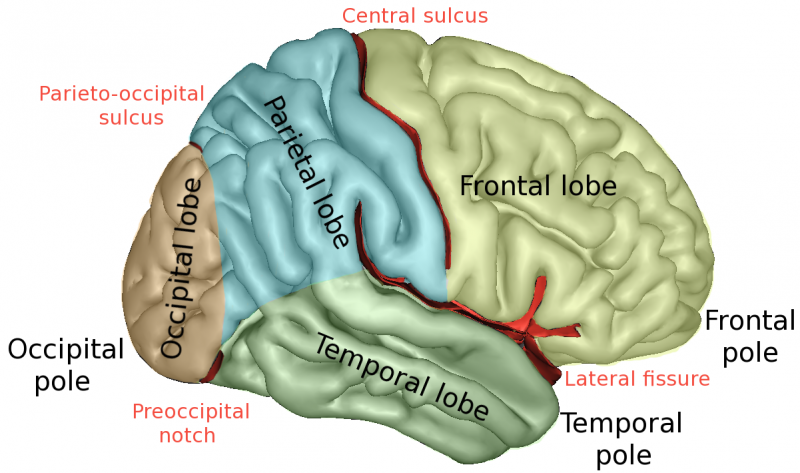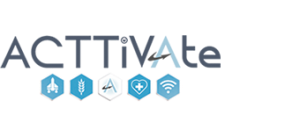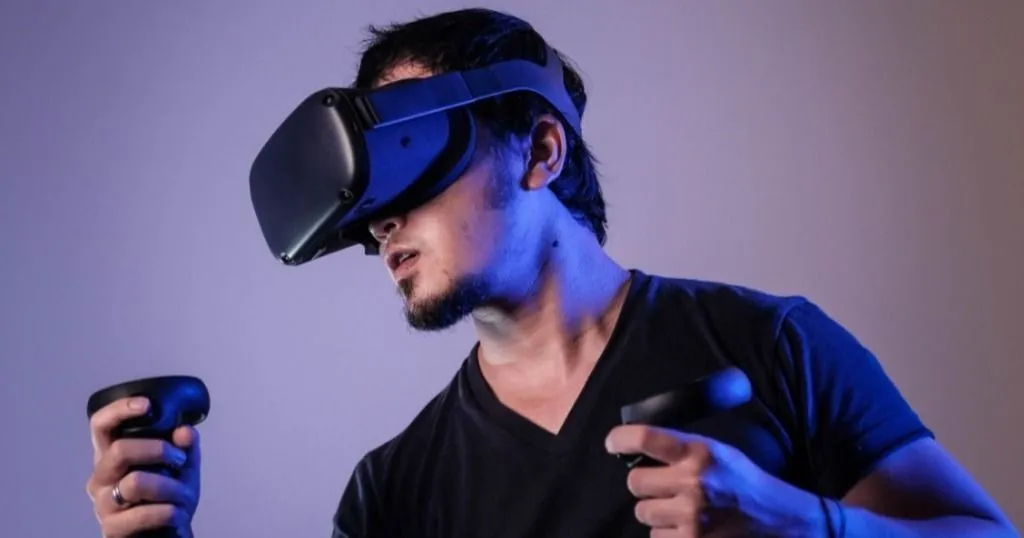Hemineglect - and how to study recovery from it
Hemineglect is a condition caused by strokes or brain damage in which part of the sensory inputs to the brain are ignored and it is as if that part of the world which is sensed doesn't even exist.
Posted by
Published on
Mon 06 May. 2019
Topics
| Brain Research | Data Integration | DriveLab | Stroke | The Observer XT |

The late great Oliver Sacks was one of the 20th century's best scientific communicators. He wrote an amazing series of books about brain diseases and how they help us to understand how a healthy brain functions. One of his best-know books was 'The Man Who Mistook his Wife for a Hat'; and one of the case-studies he presents there was a woman who could not perceive one half of the world. She had what is called hemispatial neglect, or hemineglect.
Hemineglect - and how to study recovery from it
The patient had had a stroke which had damaged part of her right brain, which, due to the anatomy of the brain, meant that it ignored signals coming from the left side. Amazingly, it wasn't like wearing an eye-patch where you know that something is on your left side, but you just can't see it. It was more as if that side of the world didn't exist. So she only put on make-up on one side of her face and she only brushed her hair on that side. It is not just to do with processing sensory inputs, but the processing of attention for inputs coming from that side; they are simply ignored.
Other studies have shown that it works just the same for things remembered or imagined. Patients were asked to imagine they were in a large public square, which they knew well, and describe what they saw. They could only describe things on one side of the square.
For example, if they imagined were standing the South side, they could only say what shops were on the East side, to their right), but if they then imagined themselves standing on the opposite side they then could only describe things on the other side (for example, the West side, when imagining standing on the North).
Recovery from hemineglect
Hemispatial neglect is not always as severe as that. It all depends on which parts of the brain have been affected by stroke (or injury) and how seriously. The above description is based on damage to specific parts of the parietal lobe, which has a number of important functions including processing sensory inputs and regulating awareness and attention.
Recovery is also possible. Patients have been trained with various techniques to learn to pay attention to the missing half (with various degrees of success) and patients who have had strokes or brain injuries sometimes recover.

Measuring the effects
If stroke patients recover, they can gradually take up their normal daily lives again. This is not without risk. If they are crossing a road or driving a car, the possibility that they aren't aware of one half of the road doesn't bear thinking about. Obviously, the more the recuperation process is understood, the better. To study that properly, researchers want to not just carry out abstract laboratory tests, but also to measure what is going on in real life situations. An important one of those situations is to look in detail at how a stroke patient functions when they are driving.
There are a number of challenges facing researchers who want to do that sort of study, including that it is too risky to put stroke patients into a real car on the public road and that driving is a complex process. Fortunately, Noldus Information Technology specializes in meeting that sort of measurement challenge and was able to help out.
Noldus has a lot of experience in both integration, synchronization and analysis of multi-modal sensor data and also in integrating with virtual environments such as a driving simulator.
DriveLab for health project
In the DriveLab for health project, Noldus developed an instrumented driving simulator that was suitable for the task. The solution delivered a number of key variables which were displayed to the research team on a special dashboard including reaction time (for example time to braking after seeing an obstacle) and steering quality (measured as the variation in position with relation to road). These were measured using a driving scenario specially-created by WIVW, which represented a quiet country road with road sections with and without lines, with and without oncoming traffic, with wild animals crossing the road, a breakdown car, and some cars driving ahead.
The good news is that the solution developed delivered the results well and in a format that was usable by the researchers. It looks like this will be a promising tool for further study in this important area.
Acknowledgment
The work on developing the system for measuring the drivers was, in part, carried out in the DriveLab for Health project in cooperation with Dr. Lilian Beijer (Saint Maarten's Clinic, Nijmegen, The Netherlands) and funded by the ACTTiVAte program and the project partners.

ACTTiVAte has received funding from the European Union's Horizon 2020 research and innovation program under grant agreement Nº 691473.
Related Posts

Neuromarketing research: Innovative research methods and techniques

Why use Virtual Reality in Neurosciences?
